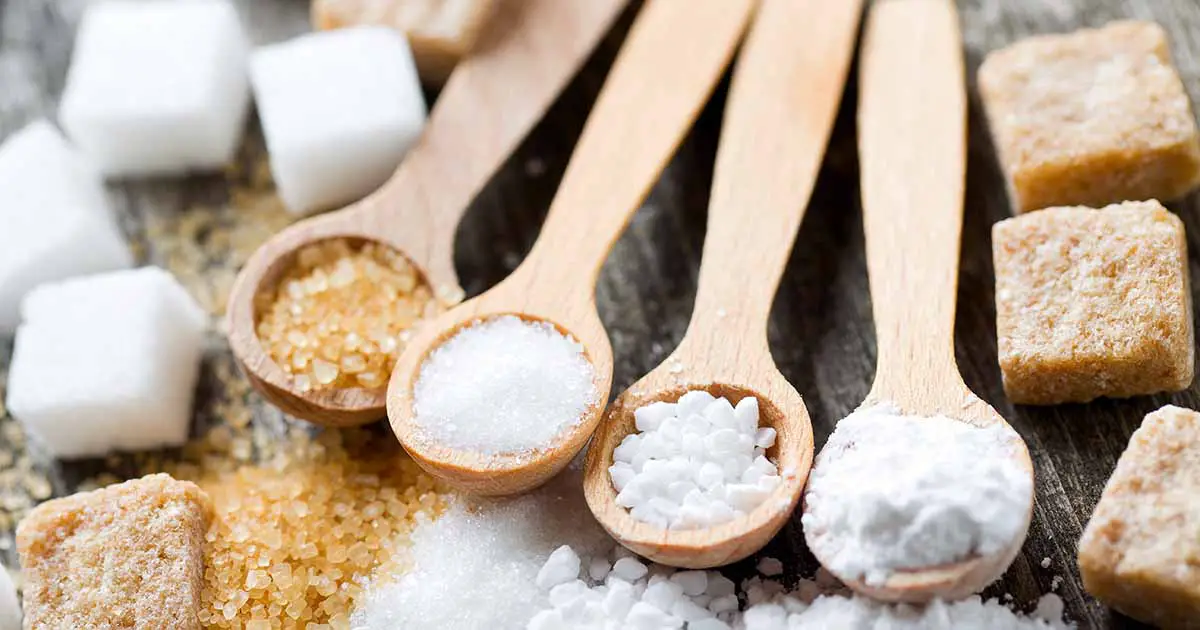Boiling is a moist method of cooking in which foods are immersed in a liquid that is either at or brought to the boiling point. This liquid may be water stock, milk or court bouillon.
Table of Contents
Heat Transfer
Heat is conducted through the equipment surfaces to the liquid in contact with them. The liquid transfers this heat to the food by convection currents. Heat is absorbed by the surface of the food and passes through it by conduction and the food cooks.
Techniques Associated With Boiling
Simmering:
This is gentle heat treatment which causes small bubbles to rise slowly from the liquid. The food remains whole, with a better texture and more and. The water does not evaporate so quickly and less vigilance is required to maintain the correct level of a liquid.
Parboiling:
Parboiling is the boiling of food until it is only partially cooked. The food is placed in boiling water for a short time from 1 to 5 minutes, or until the outside becomes soft. The cooking process is then completed using another method. Potatoes, for example, maybe parboiled to reduce roasting time and to help brown them and give a crisper texture.
Blanching:
Blanching does involve placing food in boiling water. Food is plunged into boiling water for 1 to 2 minutes depending on the size of the food and then removed. It is then immediately refreshed in cold water.
Advantages
- Tougher, cheaper cuts of meat may be used.
- Heat transfer is fairly rapid and efficient
- The food is not likely to burn unless the water is allowed to evaporate completely.
- The food remains moist and is not likely to dry out and become hard.
Disadvantages
- Flavour and some color may be lost from the food into liquid.
- Loss of nutrients (especially water-soluble vitamins) may be high.
Safety Rules
- The boiling utensil should be matched with the quantity of food to be cooked. If not enough space is available water will spill as it boils.
- The food handler should take care when placing foods into or removing items from, boiling liquids.
- When reducing liquids adequate ventilation should be available to remove steam from the atmosphere. Condensation can cause slippery floors and dampness on electrical appliances.



